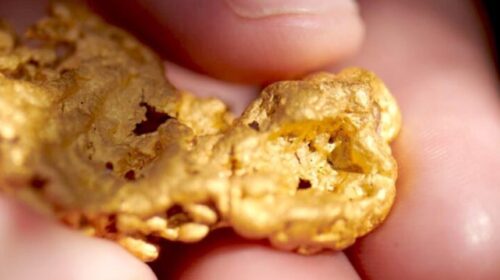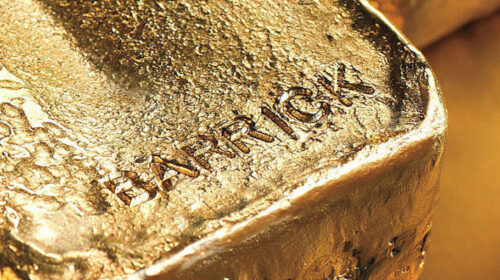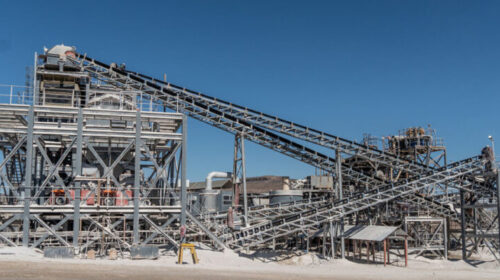Mining equipment, suppressing the fire risks
Due to the nature of the mining industry, heavy mining equipment – for underground and overground operations – often operates for long hours to meet tight work schedules.
As they operate in high-risk environments – experiencing high levels of dust, prolonged vibrations, and extended use – risk of overheating is much greater, which can influence fire risk.
Fredrik Rosén, business manager, Dafo Vehicle Fire Protection, explores the risks associated with heavy equipment at mines, especially as technology evolves, and explains how to address these effectively to minimise downtime and maximise safety.
What’s influencing fire risks?
Specific risks depend on a site’s individual risk assessments, which take into consideration the mine’s operations as a whole and how these vehicles operate in a particular environment. However, several fundamental fire risks will affect many heavy-duty vehicles and mining machinery:
- Overheating
Due to the harsh operating environment, mine vehicles are inevitably prone to accumulating dust and dirt. Clean engine compartments can reduce risks, but in the mining industry, where excessive dust is unavoidable, it’s often more complicated to keep things clean. However, if cleanliness isn’t controlled, it can increase the risk of overheating.
Overheating on its own doesn’t necessarily result in a fire risk. However, as mining vehicles operate for prolonged periods of time, prolonged vibration can increase the friction between vehicle components, affecting wear and tear – as well as increasing the risk of overheating.
Should wear and tear lead to a loose cable, spark or damage the injection pipe leaks, for example, and combine with overheating, it can lead to a dangerous electrical or spray fire, which can be violent and fast to spread.
- Electrification
In the drive for sustainability, mining operations are moving away from traditional combustion engine vehicles and towards electric vehicles (EVs).
Although EVs are less prone to overheating, the lithium-ion batteries that power them bring about new fire risks. There are four main factors that can influence battery fires:
- Over/undercharging
- Exposure to heat
- Mechanical influences – eg crashes or mechanical failures
- Protection fault – where particles are able to enter battery cells.
Each of these can lead to an internal short-circuit, which puts the battery at a high risk of thermal runaway – where the temperature rapidly increases, in turn increasing the risk of fire, as well as toxic gas emissions and potential explosions.
This requires a unique protection solution, that’s able to detect toxic gases ahead of temperature increases. Traditional detection solutions often can’t pick up on thermal runaway until temperatures begin to rise – which is often too late.
- Automation
Automation has grown rapidly since the COVID pandemic, as driverless vehicles supported remote operations, increasing uptime and reducing health risks for those working in the mine.
However, with less personnel on site, or operating at a greater distance from the mining vehicles, it can be more complicated to detect a potential fire. This makes an automated detection and suppression system essential to increase the response time and decrease risk of downtime and damage.
How can mine operators reduce the risks?
You first need to understand your mine’s individual risks. As your technology changes, it’s important to revisit your risk assessment map to review your fire detection and suppression solutions.
Every vehicle, whether it’s electric or diesel, automatic or manual, will have its own unique risks, which should be addressed in your fire prevention solution.
Suppressing a site’s fire risks should be focused on considering your entire mining operation, as well as being tailored to address risks effectively in order to minimise downtime while maximising safety.
123 total views , 1 views today





